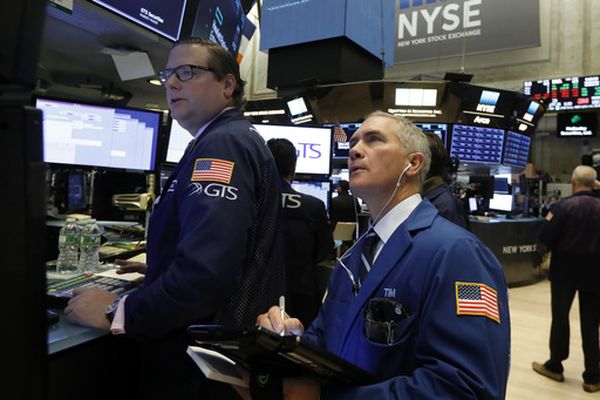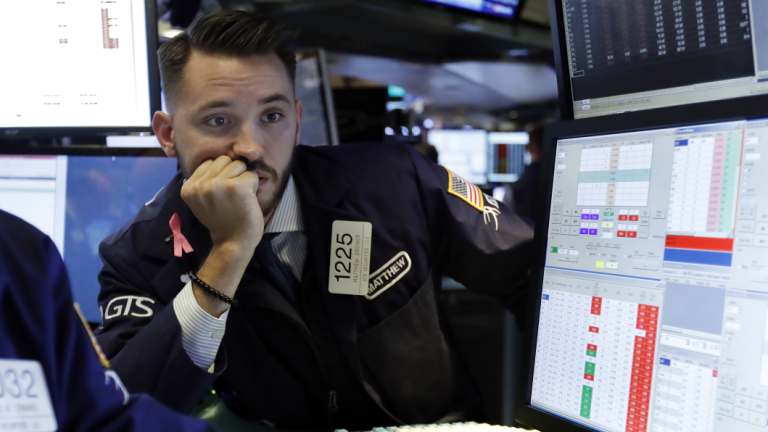Investors are worried that the surging economy with quickly growing corporate profits and low interests that they have enjoyed for long is coming to an end. Another selling wave hits the decade long bull market as a consequence of all the investors’ worries.
Effects of this selling wave have already started to show. Standard & Poor’s 500 stock index which is a benchmark fell by 3%. The composite index of Nasdaq went down 4.4% and has fell around 12% or more since September.
Markets in China, Hong Kong and Japan also matched the Wall Street’s drop. Future markets tracking the performance of stock markets suggest that investor attitude might change after the opening of Wall Street.
The investors’ worries regarding potential risks have overcome their joy for huge sales numbers and quarterly profits. They are also concerned about the effect that the mid-term elections have on their portfolios.
Tony Dwyer who is the chief market strategist with Canaccord Genuity, New York, said,
It was kind of a market that was looking for a reason to have some money come out of it. And it found it.
The investors are taking protection before the midterm elections which could be bitter and close. President Trump has said at several occasions that the stock market that is soaring high is a proof of his business friendly administration approach.
Home builders are suffering the most due to the increasing interest rates and increase in mortgage rates. The houses have become less affordable now. smaller companies are also getting affected as their debt payments cost is increasing. The Russell 200 index is down by 13% for the small capitalization stocks.

The US and China trade war has preoccupied the markets. Even China’s economic growth has decreased by 6.5%, which is the lowest since 2009. China is the second largest economy and the slowdown can decrease the sales of American companies as well that export to the Chinese market.
However, the tech companies don’t suffer any losses. Microsoft and Tesla reported that the results have exceeded the expectations of the analysts.
Source: NY Times, Stock Sector










